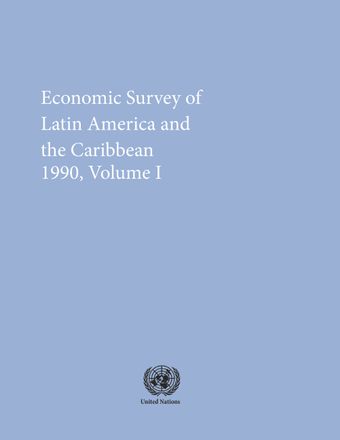Colombia

- مؤلف: Economic Commission for Latin America and the Caribbean
- العنوان الرئيسي: Economic Survey of Latin America and the Caribbean 1990 , pp 91-115
- تاريخ النشر: ديسمبر ١٩٩٠
- DOI: https://doi.org/10.18356/c0fbb44c-en
- Language: الإنجليزية
Colombia’s economic growth rate climbed to slightly over 4% in 1990. This enabled the country to expand its per capita gross domestic product for the seventh year in a row, in spite of the violence unleashed by drug traffickers and guerilla fighters. As a result, per capita gdp was 17% higher than it had been a decade ago. The external sector’s strong performance was reflected in a US$630 million increase in Colombia’s net international reserves. Even though international coffee prices remained, on average, below US$1 per pound, exports were up sharply once again, and this played a key role in widening the country’s surplus on the balance-of-payments current account. Inflation, however, also continued to rise, climbing to an annual rate of nearly 33%, which was the highest to be recorded since 1963. Exchange rate policy, which pushed up the real exchange rate by 17%, was the main source of inflationary pressure, since the fiscal deficit gradually dwindled until, by the end of the year, it had given way to a surplus, and monetary aggregates grew more slowly than in 1989. The authorities also proceeded with the implementation of structural reforms, primarily in the fields of external trade and labour.
-
From This Site
/content/books/9789210601177s004-c004dcterms_title,dcterms_subject,pub_keyword-contentType:Journal -contentType:Contributor -contentType:Concept -contentType:Institution105



